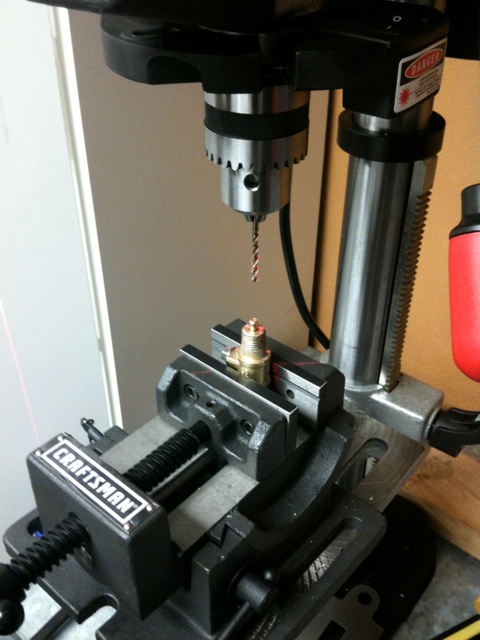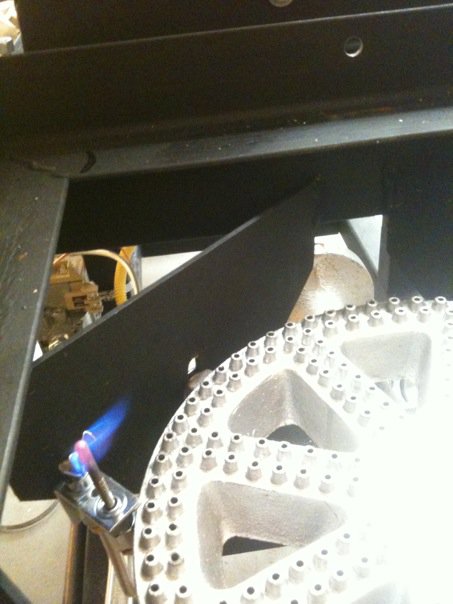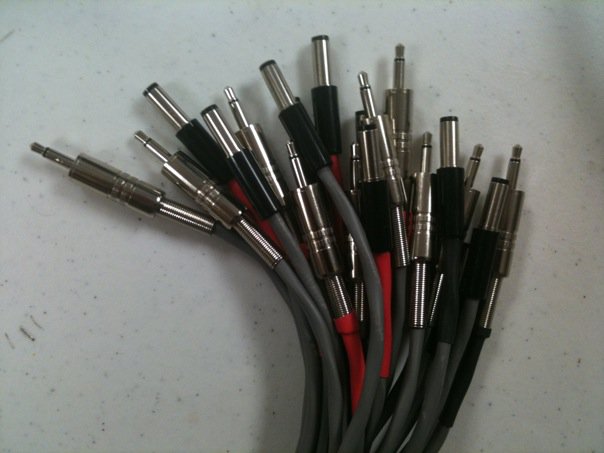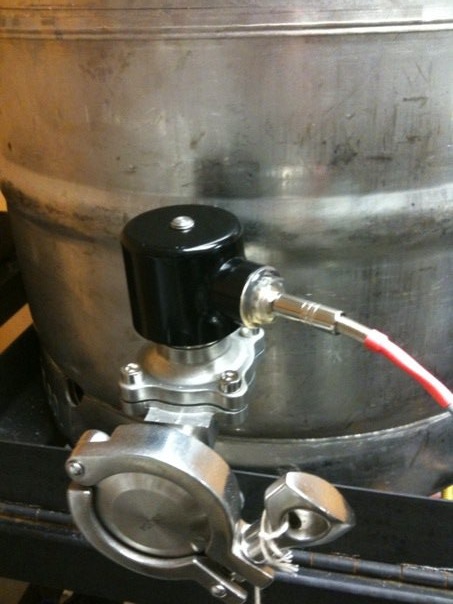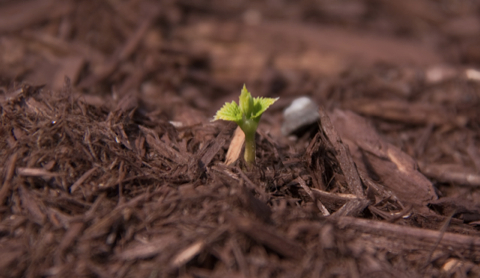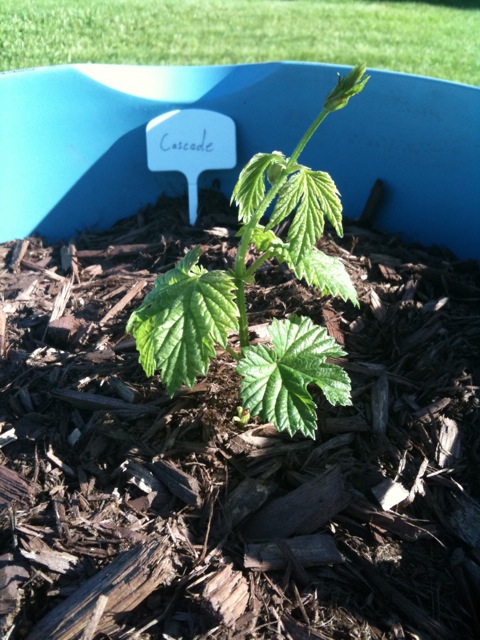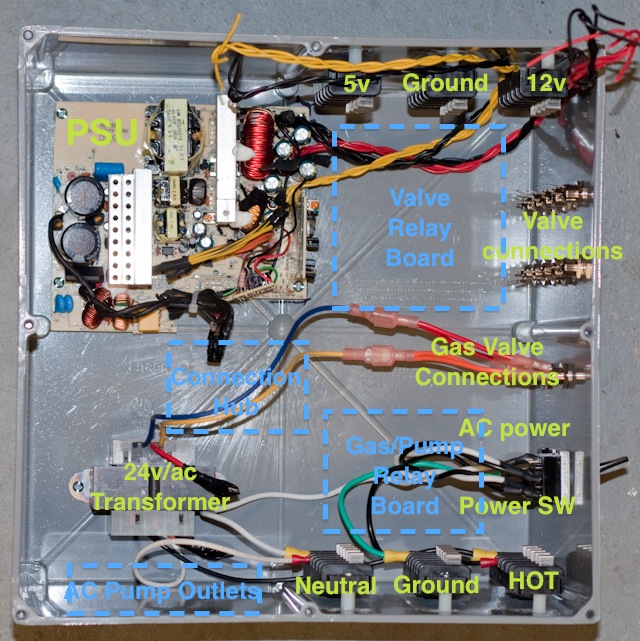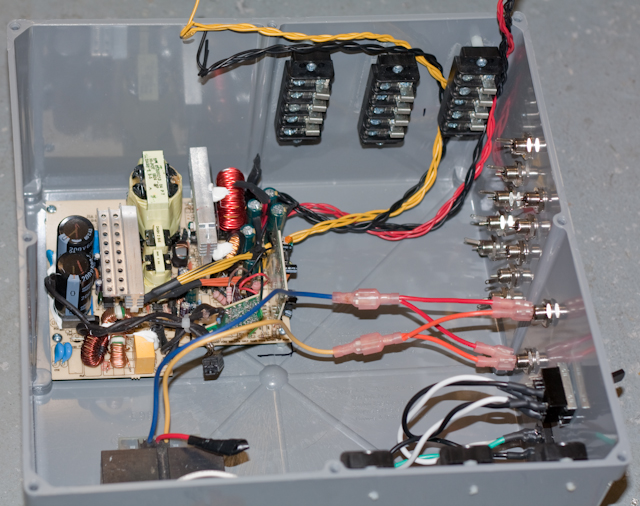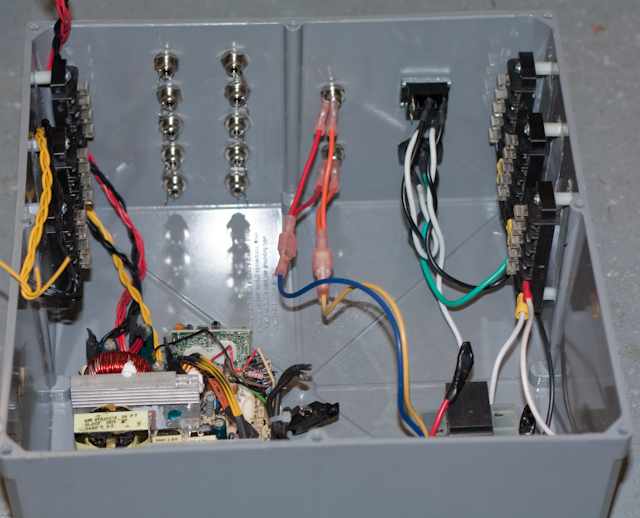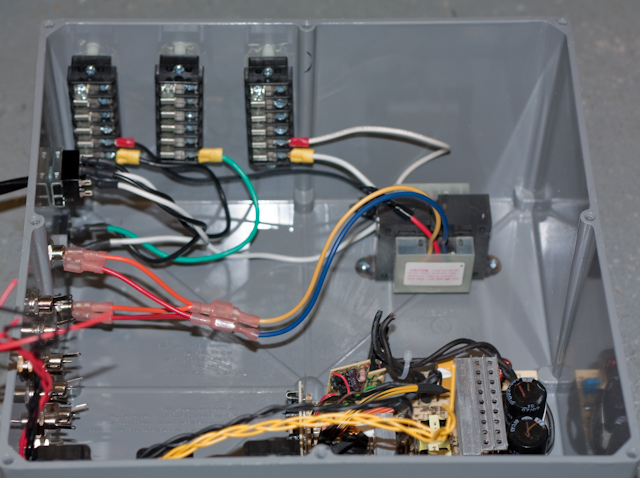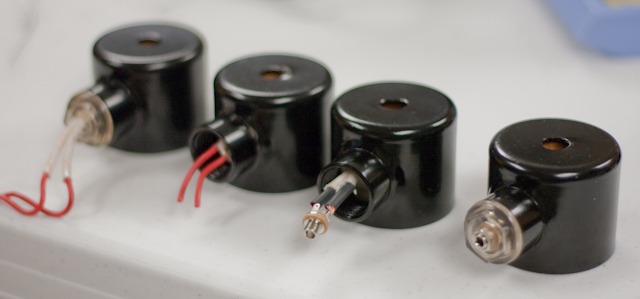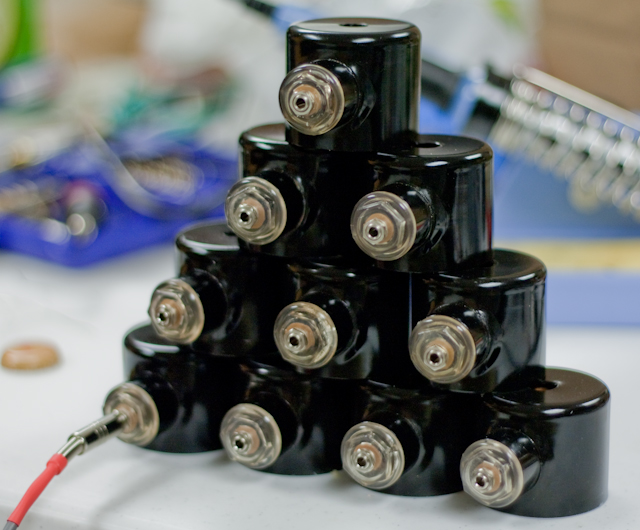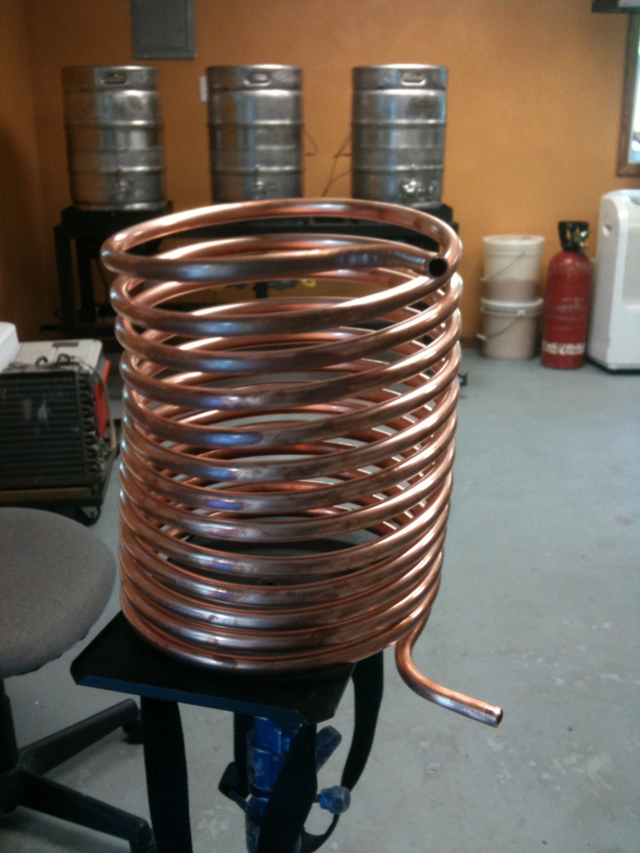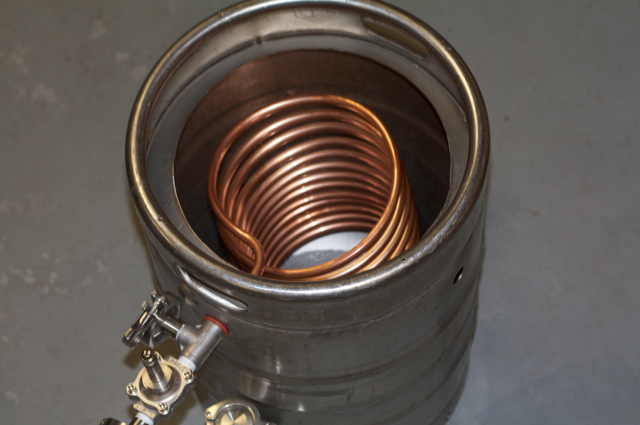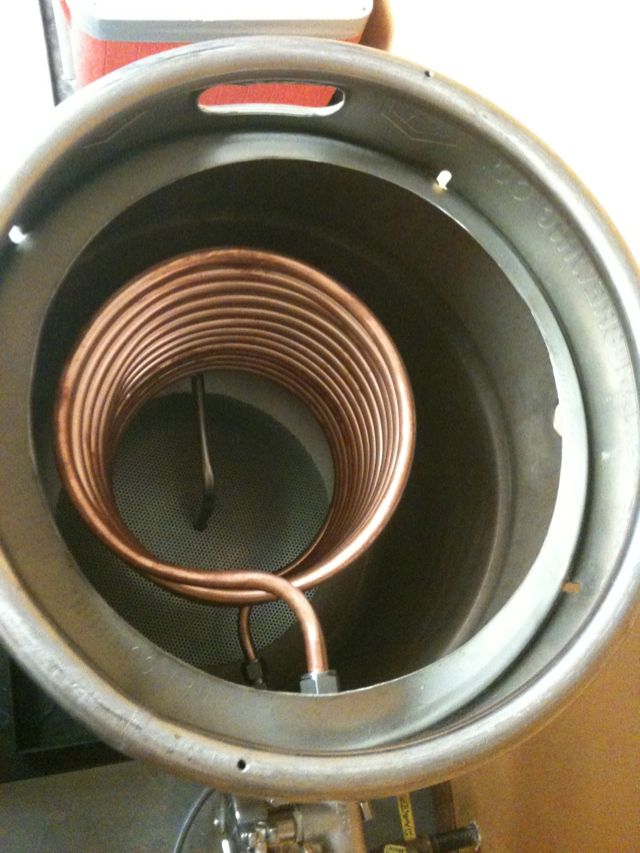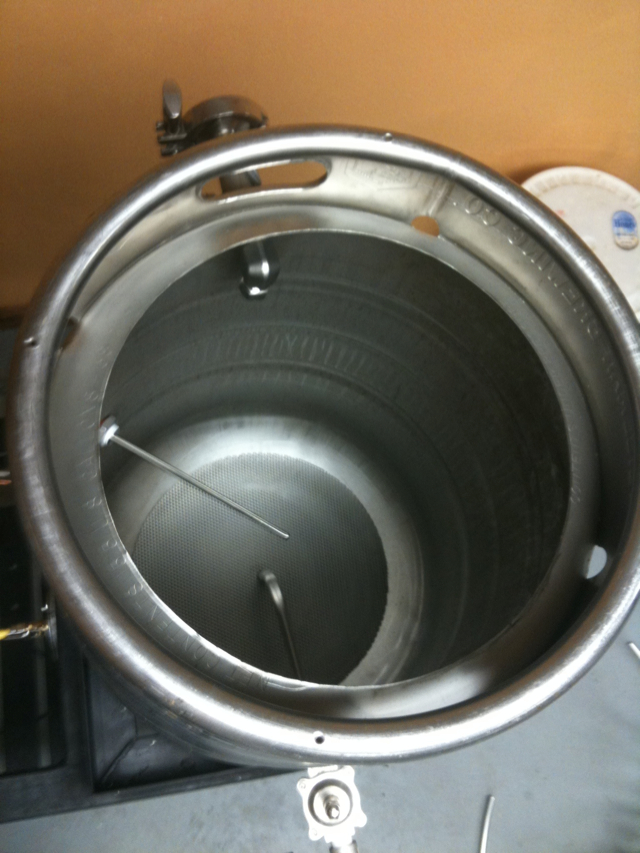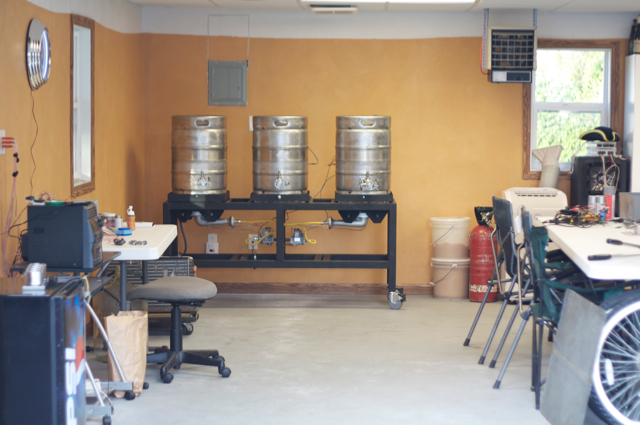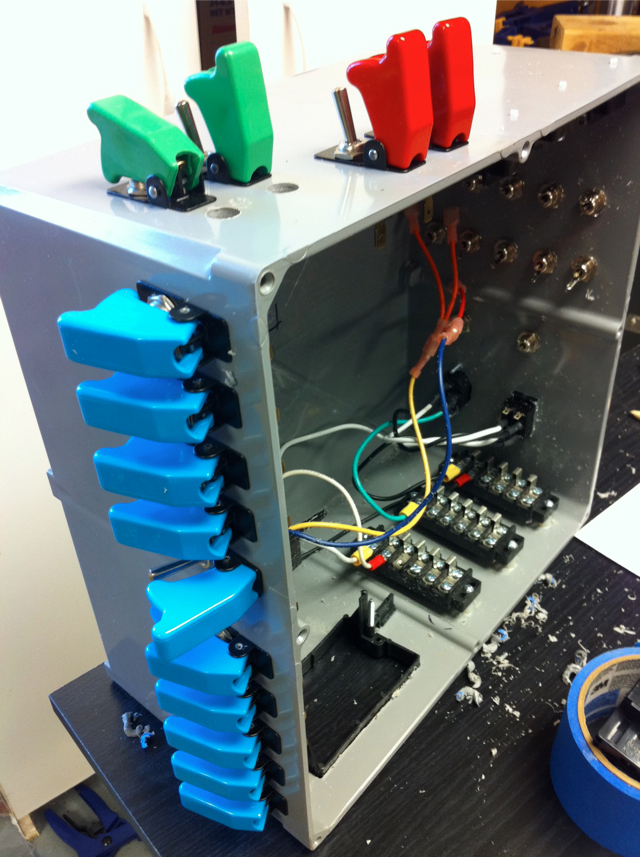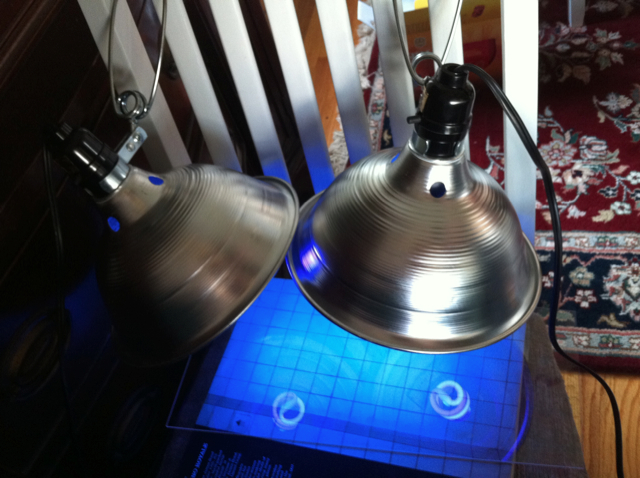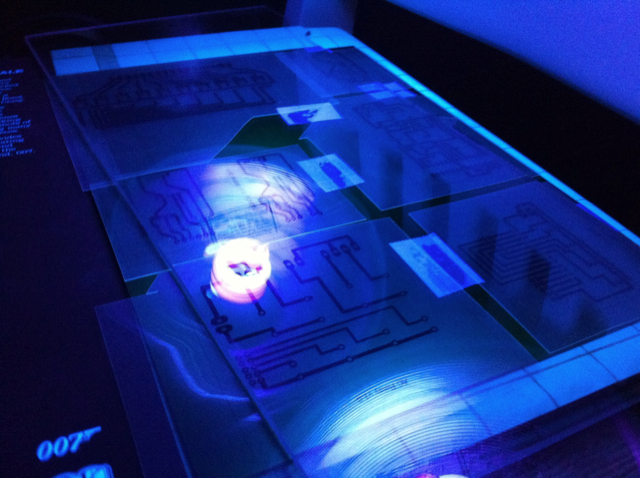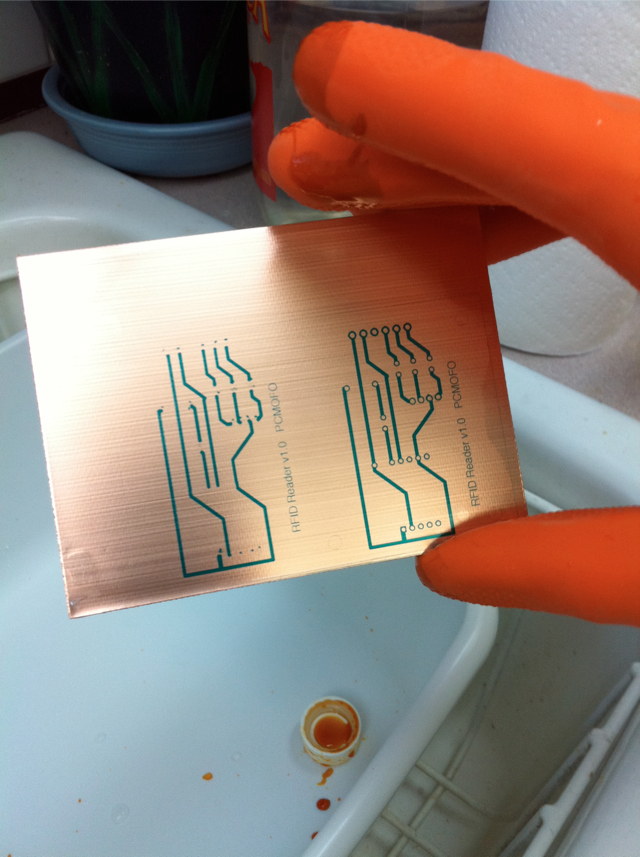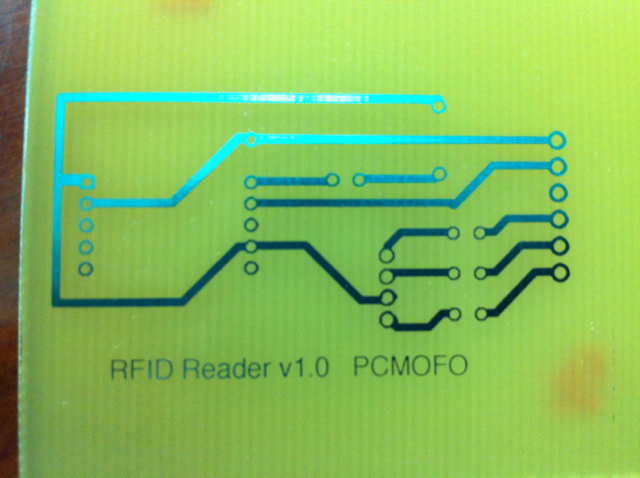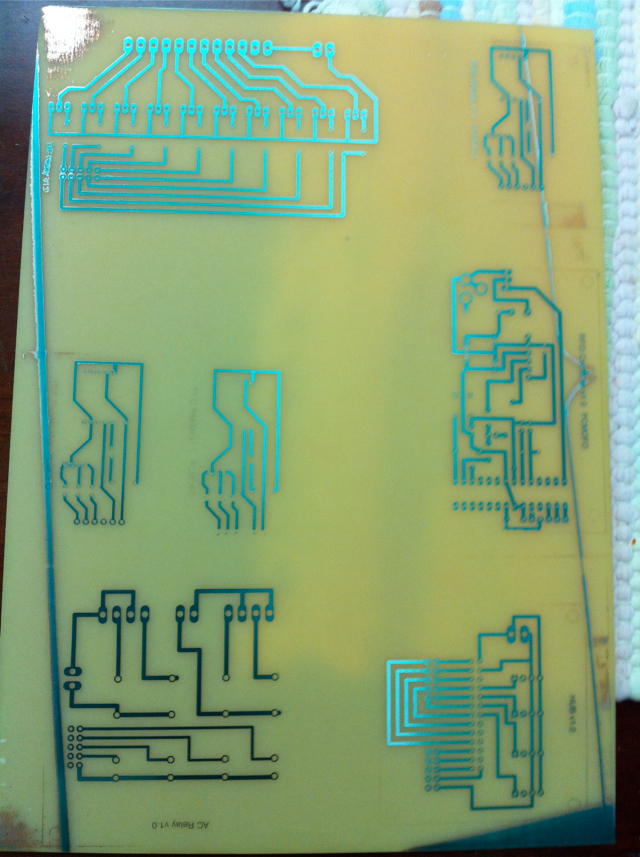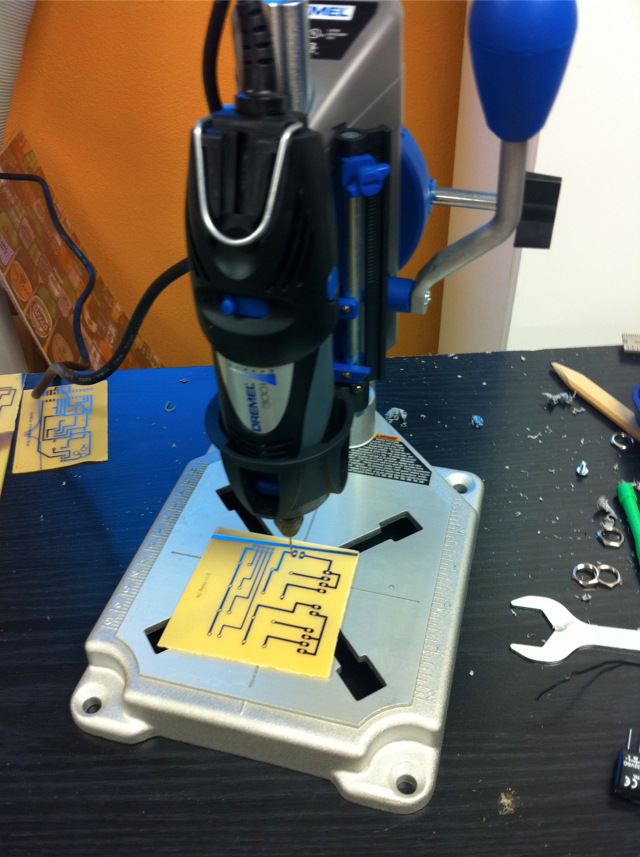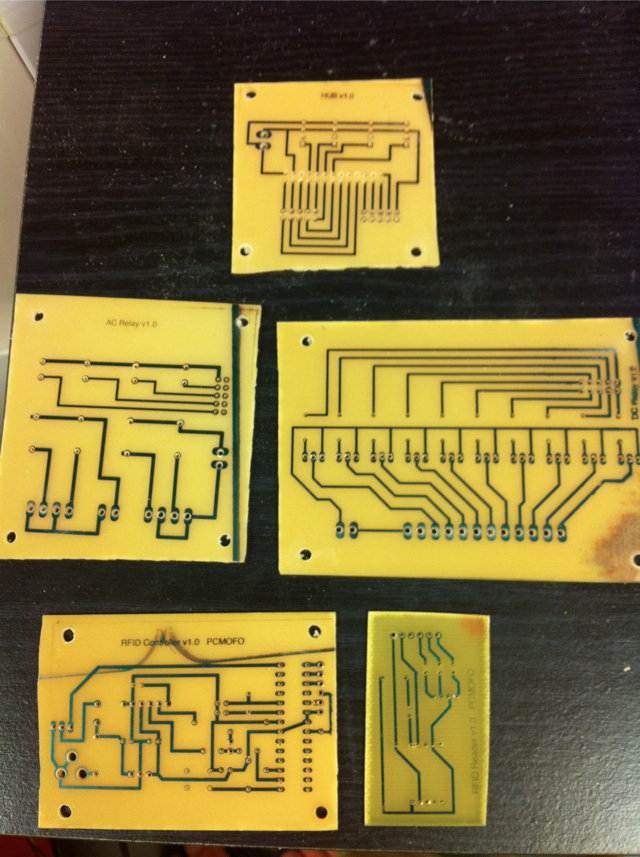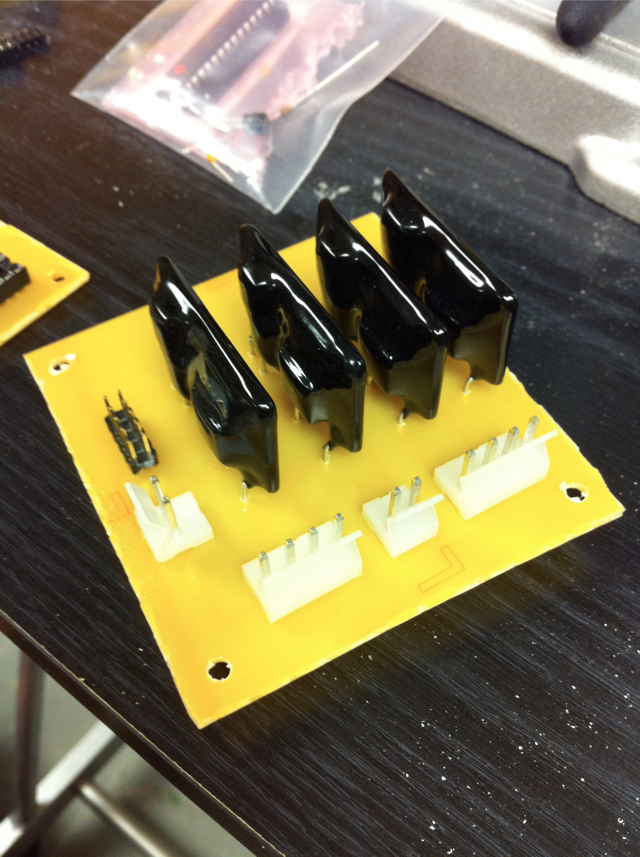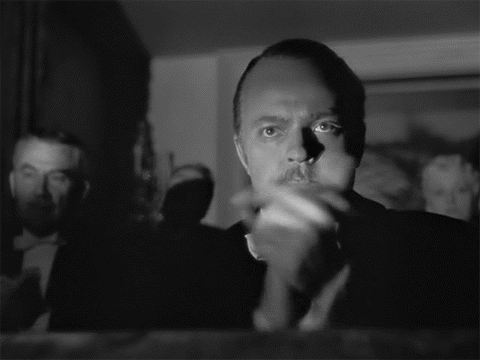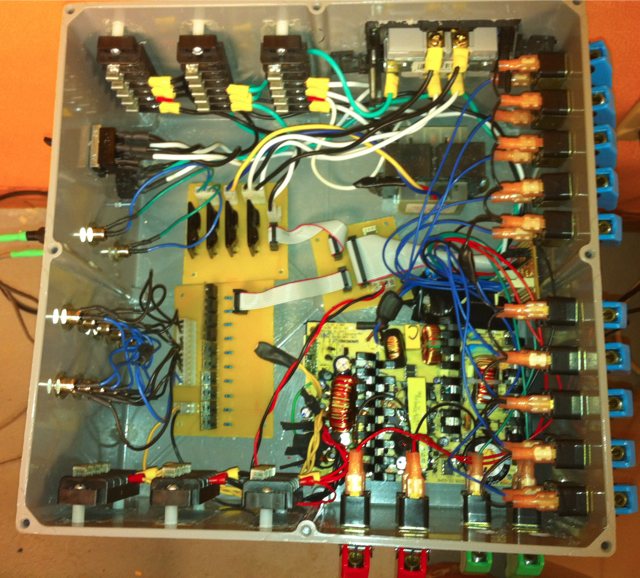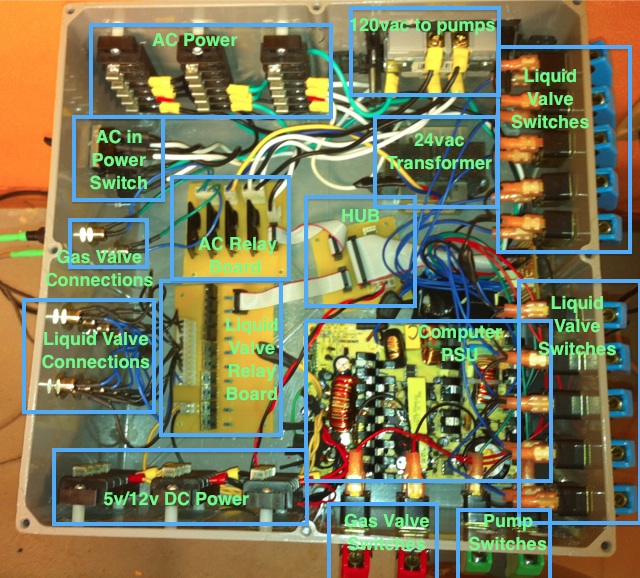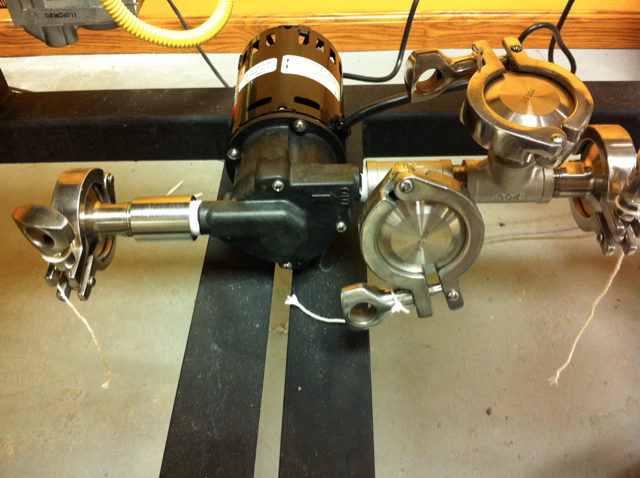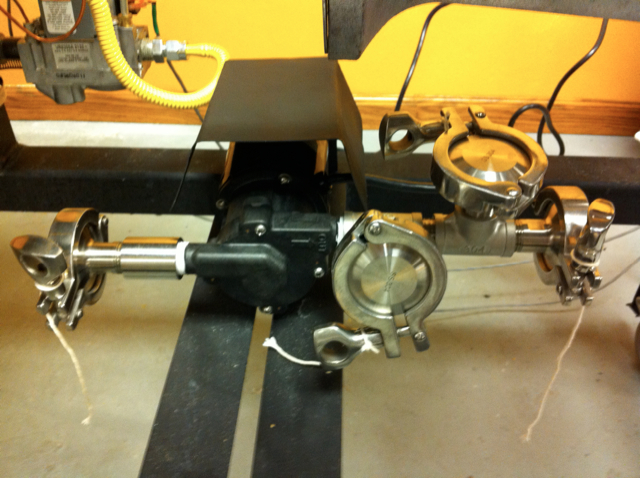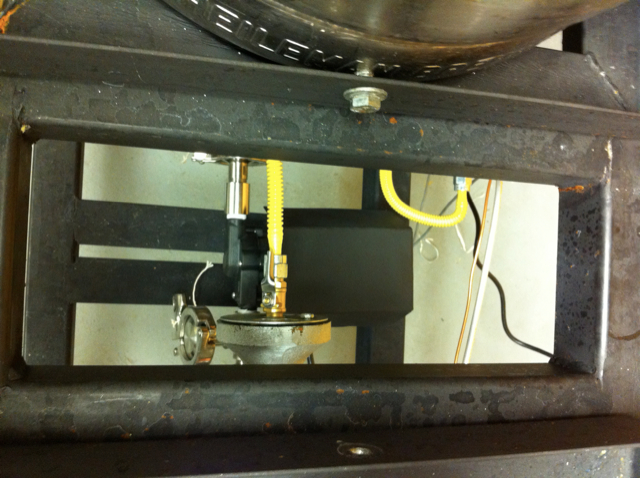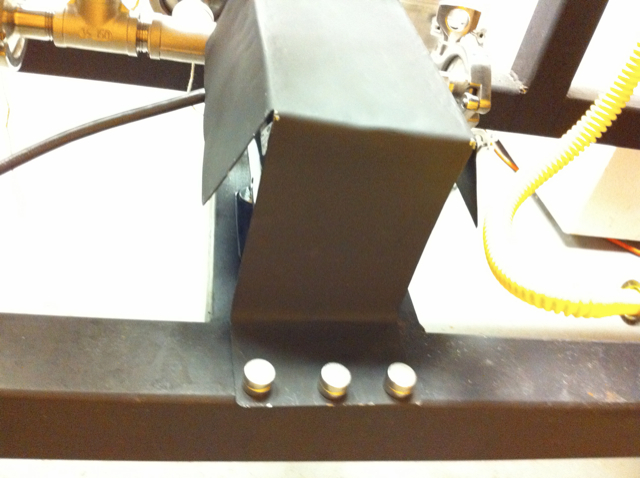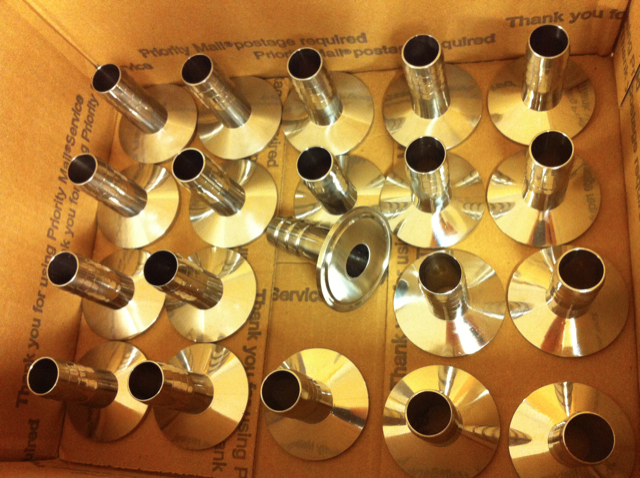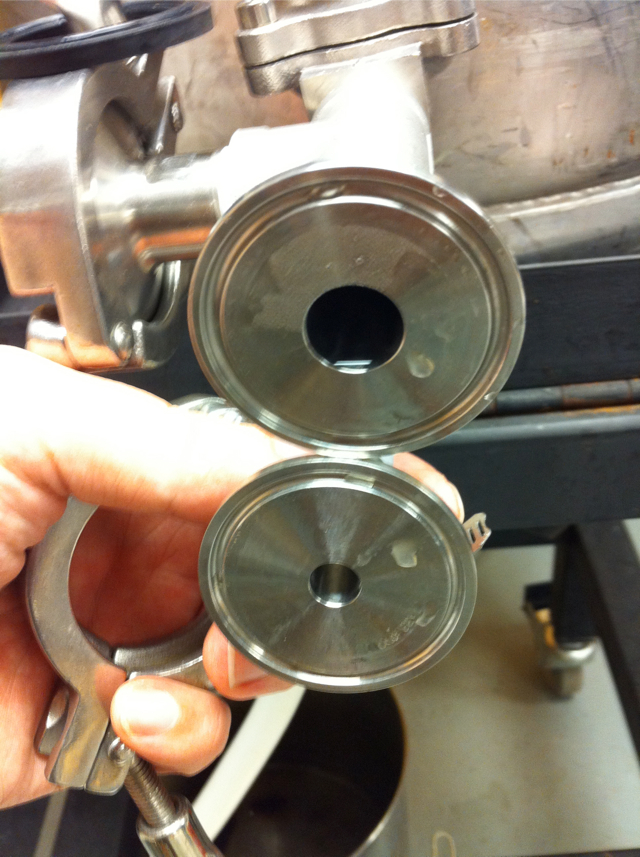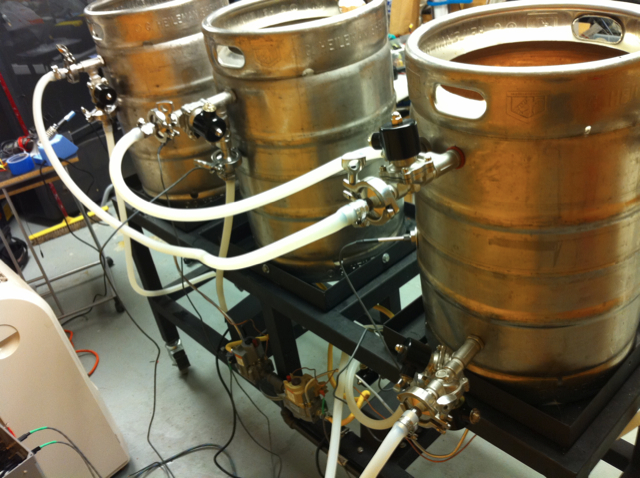Time for some serious updates....
After soldering, crimping, splicing, stripping, twisting, and electrocuting my self once, I am happy to say that we have finished the basic prototype electronic control for the brewing system.
What we have now is a 12" x 12" box which houses all of the electronics necessary to control all of the pumps and valves for the entire system manually with toggle switches. This system is currently setup in such a way that it is very modular and as we find any flaws or ways to enhance the system we can swap out parts and replace them easily.
The system is also setup in such a way that the switches that control everything are really sending 5v signals, not doing actual switching of the actual voltages. This will make it a trivial task to have a micro controller replace the switches and control everything by itself.
Here is a picture of the control box.
And here is all of the sections labeled.
And here is a more detailed video overview of the system and a quick explanation of how it works.
We are bolting down the pumps tonight and testing the pumps burners and valves at the same time. If they are working we should be ready to do some more extensive testing and move on to some test batches soon.
Here is a video of the control box turning on and off the two burners via the red switches.
Thats all for now. When we have more parts connected together we will show some footage of everything working together.


